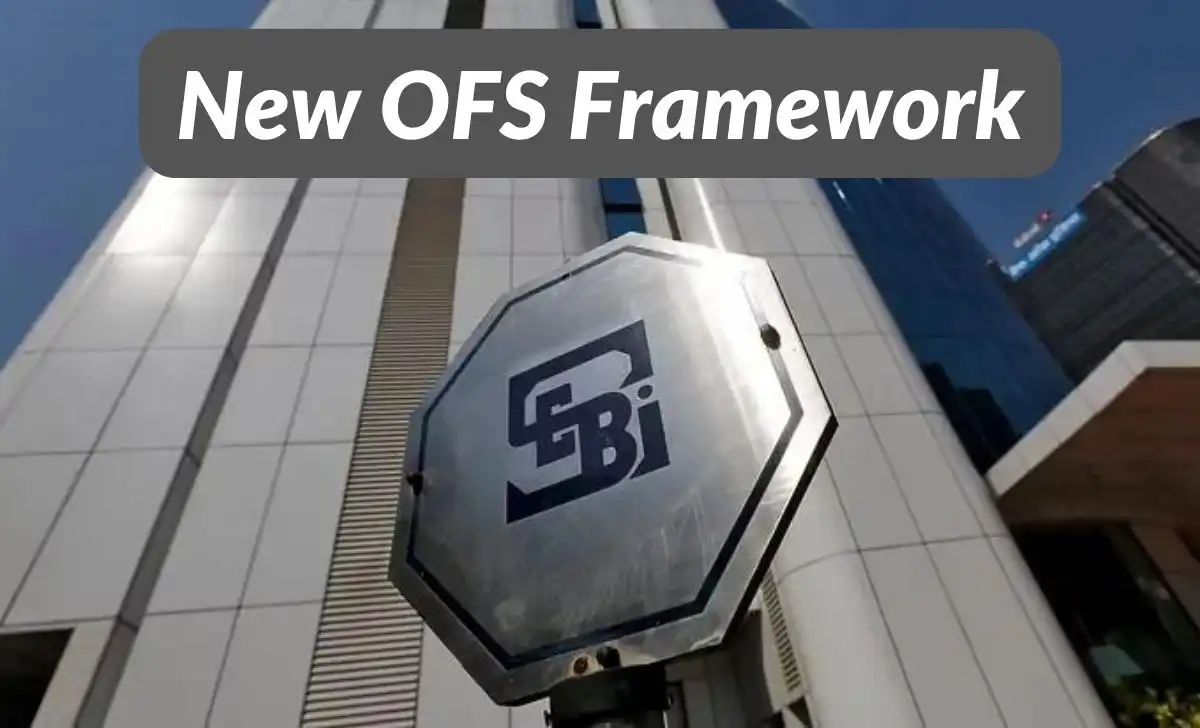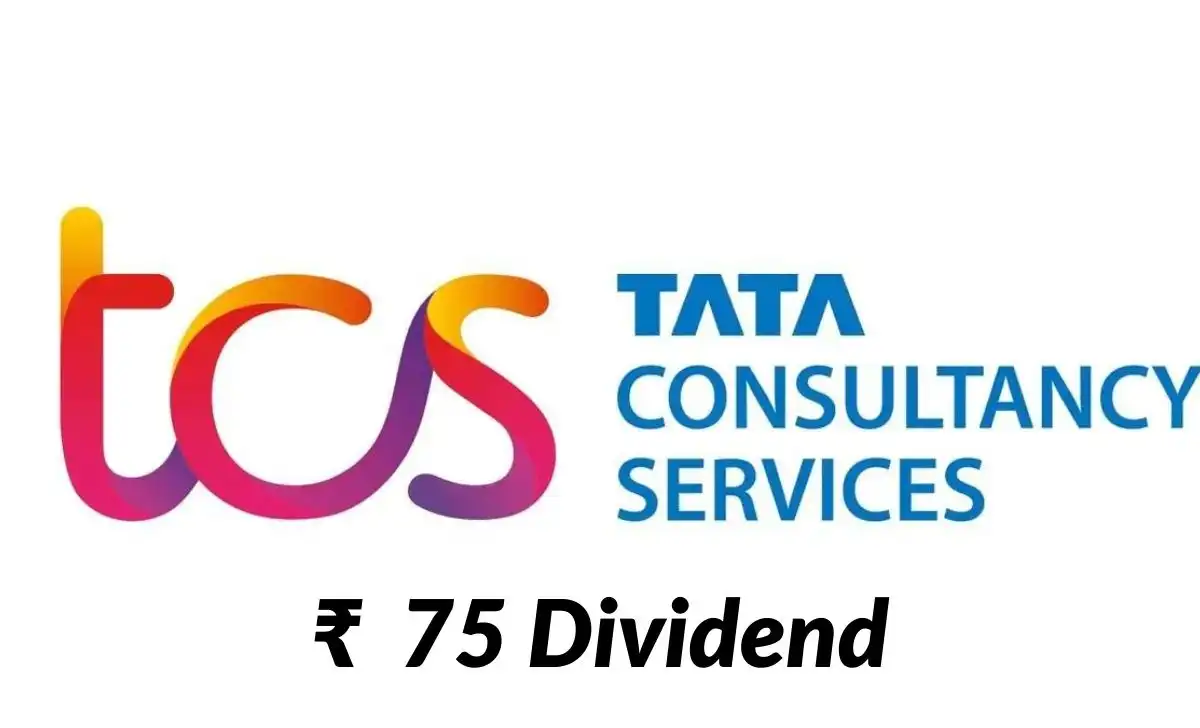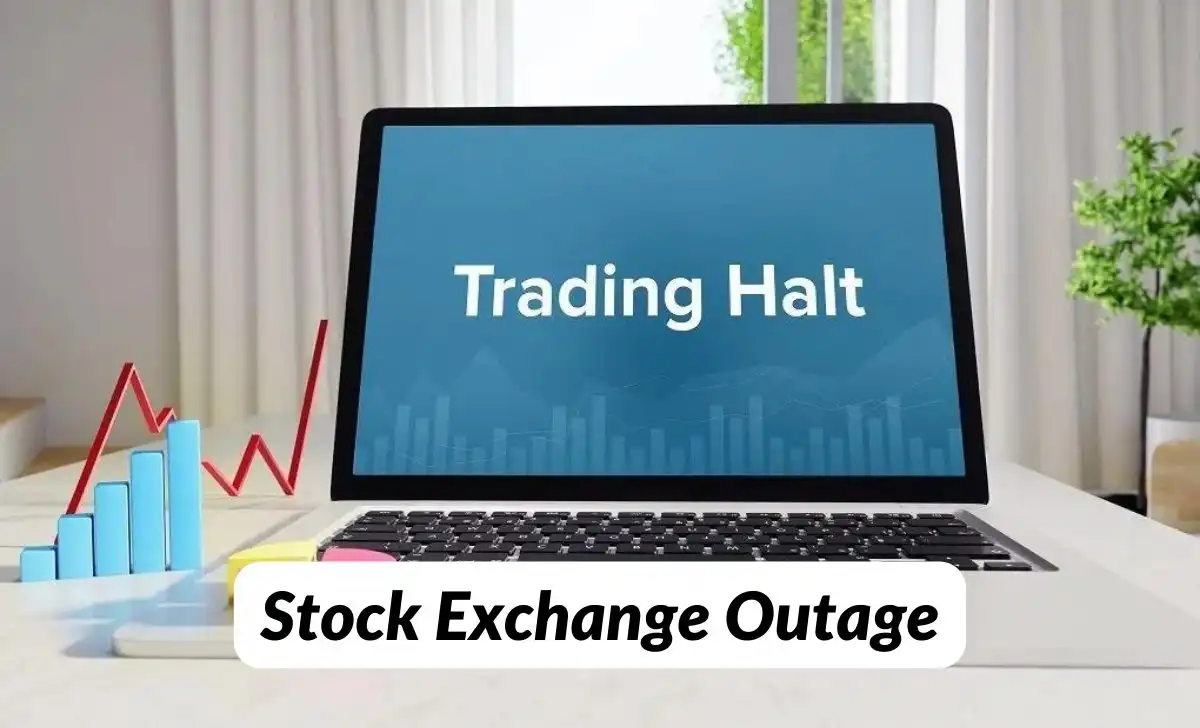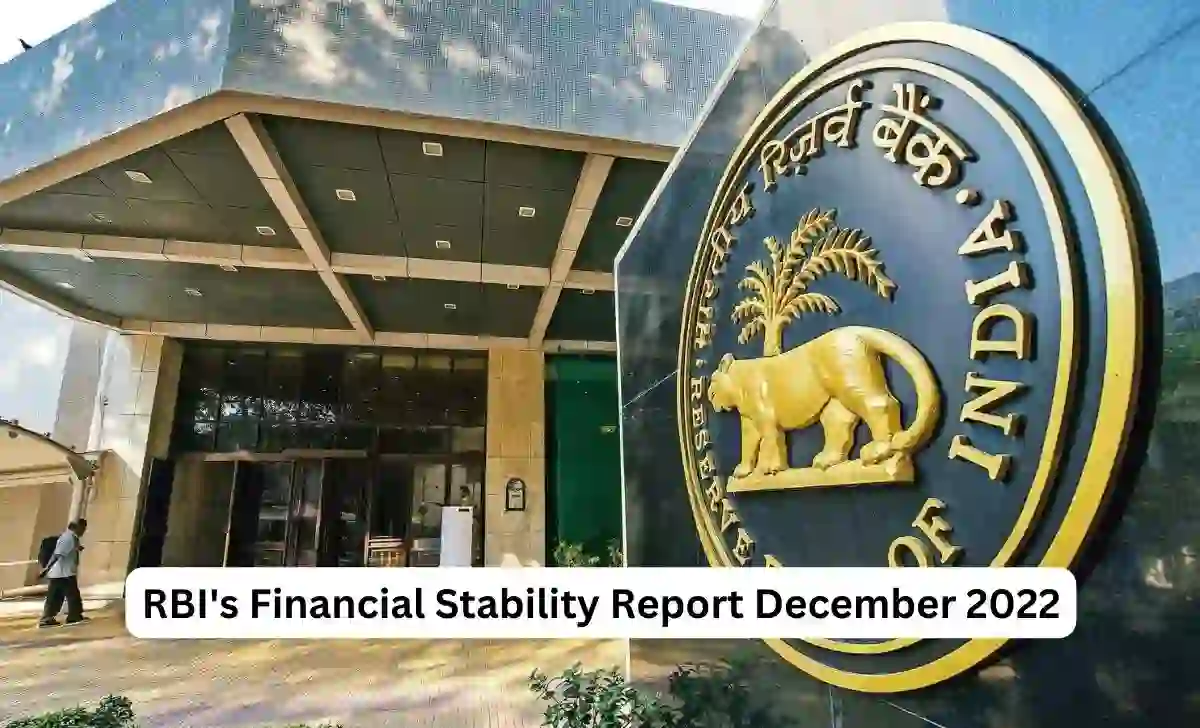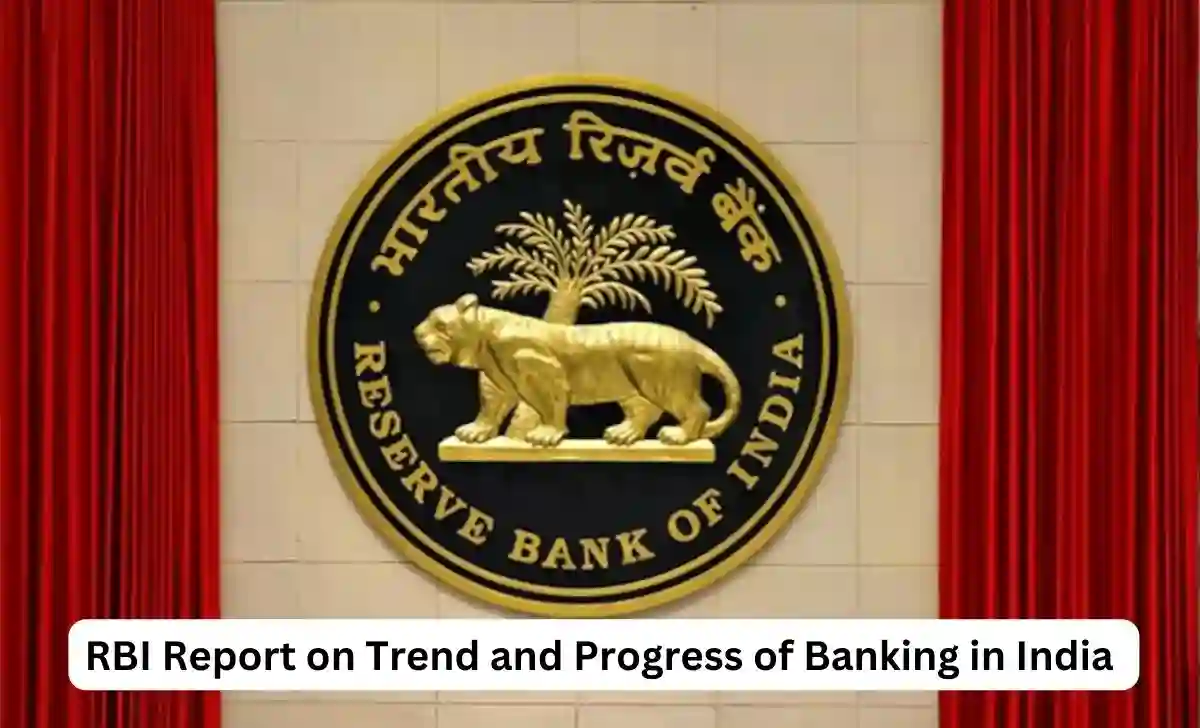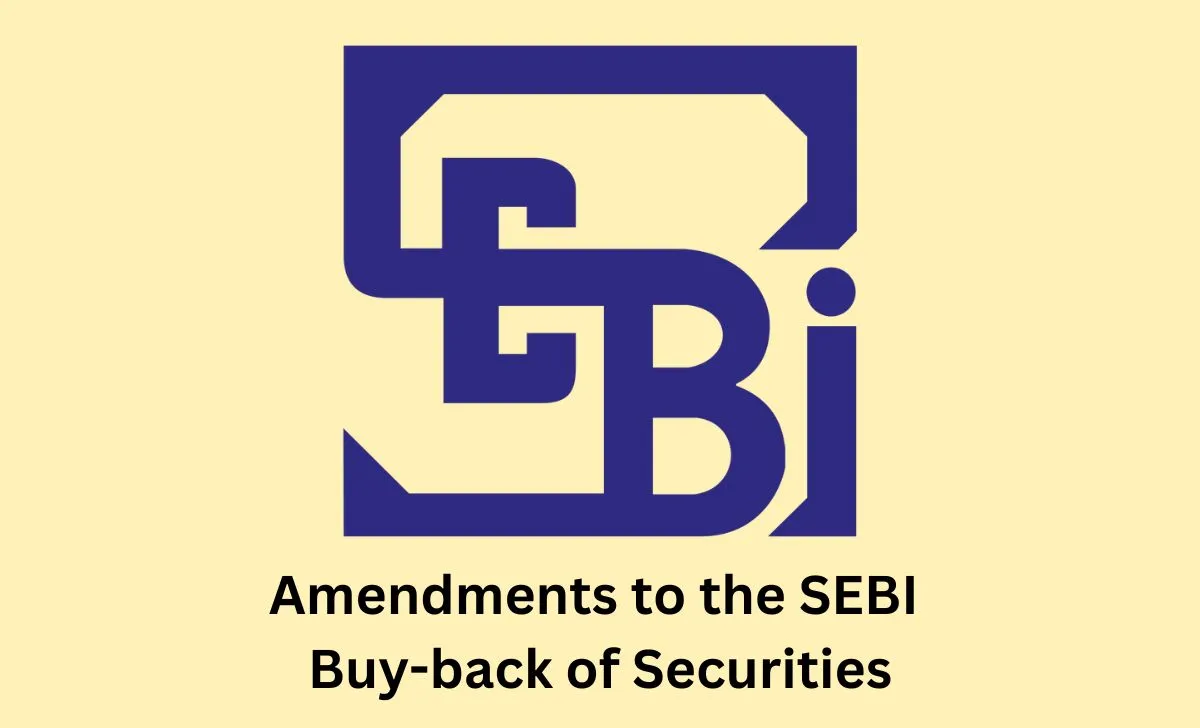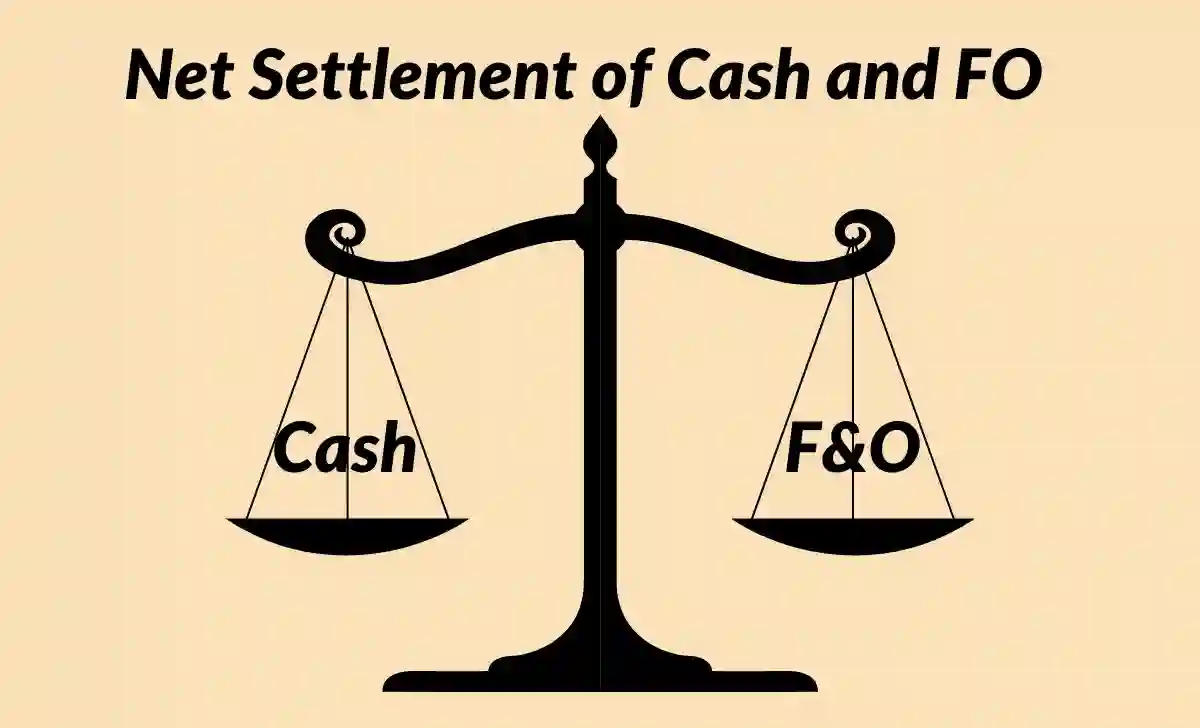Exploring the New OFS Framework for Sale of Equity Shares, REITs and InvITs: A Guide to the Recent SEBI Circular
SEBI has issued a circular for the new OFS framework. Learn about the changes to the process and guidelines for the sale of equity shares, REITs, and InvITs through the Offer for Sale mechanism.
Key Points for the New OFS Framework
- The introduction of a comprehensive framework for the Offer for Sale (OFS) of shares by promoters and other shareholders.
- The requirement for sellers to disclose the floor price of shares at least one day before the OFS.
- The option for sellers to offer shares to employees at a discounted price.
- The provision for discounts for retail investors.
- The requirement for a separate trading window for the OFS of shares.
- The reservation of a minimum of 25% of shares for mutual funds and insurance companies and a minimum of 10% for retail investors.
- The calculation of the cut-off price based on all valid bids.
- The option for non-retail investors to carry forward their bids to the next day.
- The imposition of penalties for default in pay-in and the inability to revise allotment prices.
- The issuance of contract notes by brokers to clients.
- The imposition of a cooling-off period of 10 trading days before an OFS can be made again after withdrawal.
- The prohibition of cancellation of an OFS during the bidding period.
- The applicability of the framework to publicly issued and listed Real Estate Investment Trusts (REITs) and Infrastructure Investment Trusts (InvITs).
A Comprehensive Look at the New OFS Framework
The Securities and Exchange Board of India (SEBI) has issued a circular outlining a comprehensive framework for the Offer for Sale (OFS) mechanism. The new OFS framework is designed to provide a transparent and efficient process for the sale of securities by promoters and other shareholders of listed companies. The circular defines key terms such as “Seller”, “Retail Investor” and “Cut-off Price” in order to provide clarity on the OFS process.
The definition of “Seller” includes promoters and promoter group entities, as well as other shareholders of a listed company who wish to sell their securities through the OFS mechanism. A “Retail Investor” is defined as an individual investor who places bids for shares of a total value not exceeding ₹ 2 lakhs. “Cut-off Price” is the lowest price at which the entire offer gets sold, determined based on all valid bids.
The new OFS framework also includes details on the timing and method of the OFS process, order placement, risk management, allocation, settlement, and handling of defaults. The definition of these key terms is crucial to ensure a fair and orderly process for the sale of securities through the OFS mechanism.
Eligibility Securities for New OFS Framework
The securities that are eligible for the new OFS framework are equity shares of listed companies and units of publicly issued and listed Real Estate Investment Trusts (REITs) and Infrastructure Investment Trusts (InvITs).
Eligible Buyers and Sellers
The eligible sellers under the new OFS framework are the promoters, promoter group entities, and other unitholders of the eligible securities. The eligible buyers under the OFS framework are institutional investors, non-institutional investors, and retail investors.
Size of OFS
The size of the offer shall be a minimum of ₹ 25 Crore. However, the size of the offer can be less than ₹ 25 Crore by the promoter(s) or promoter group entities so as to achieve minimum public shareholding in a single tranche.
Advertisements and Offer Expenses
The issuer must disclose the floor price and the number of shares being offered through the OFS in the advertisement, and the advertisement must be placed in at least two newspapers with nationwide circulation. The expenses for the OFS, including the expenses for the advertisement, must be borne by the issuer and cannot be passed on to the shareholders. The new OFS framework prohibits the issuer or any of its associates from making any payment or providing any benefit to any media entity in relation to the OFS. This is done to ensure that the advertisement and the offer expenses are not inflated and that the interests of investors are protected.
Operational Requirements
The seller(s) will appoint broker(s) for this purpose. The seller’s broker(s) may also undertake transactions on behalf of eligible buyers. Seller shall announce the intention to the sale of shares latest by 5 pm on T-1 days (T day being the day of the OFS) to the stock exchange. Stock exchanges shall inform the market immediately upon receipt of the notice. The stock exchange, however, may allow, on a case-to-case basis based on the request of the seller, the extension of this time up to 6 pm by recording reasons for granting the such extension. In the new OFS framework, the seller(s) shall announce the intention to the sale of shares along with the following information:
- Name of the seller(s) (promoter(s) or promoter group entities or non-promoter shareholders) and the name of the company whose shares are proposed to be sold.
- Name of the stock exchange(s) where the orders shall be placed. In case orders are to be placed on more than one stock exchange, one of them shall be declared as the Designated Stock Exchange (“DSE”).
- Date and time of the opening and closing of the offer.
- Allocation methodology i.e. either on a price priority basis (at multiple clearing prices) or on a proportionate basis (at a single clearing price).
- The number of shares being offered for sale.
- Green Shoe Option: The maximum number of shares that the seller may choose to sell over and above the offer made.
- The name of the seller broker(s) on behalf of the seller(s).
- Conditions, if any, for withdrawal or cancellation of the offer.
Floor Price
In the new OFS framework, the seller shall disclose the floor price latest by 5 pm (or latest by 6 pm, if the extension is granted by the stock exchange) on T-1 day to the stock exchange. Stock exchanges shall ensure that the same is informed to the market immediately. The promoters may at their discretion offer these shares to employees at the price discovered in the said OFS transaction or at a discount to the price discovered in the said OFS transaction. Promoters shall make necessary disclosures in the OFS notice to the exchange including the number of shares offered to employees and the discount offered if any.
Discount for Retail Investors
In the new OFS framework, SEBI says the seller may offer a discount to retail investors. The details of the discount and percentage of reservation for retail investors shall be disclosed upfront in the notice of OFS to the exchange. The discount to retail investors may be offered as follows:
- Multiple Clearing Price OFS i.e. retail investors may be allocated shares at a discount to the cut-off price determined in the retail category, irrespective of the bid price entered by them. Or, retail investors may be allocated shares at a discount to the bid price entered by them.
- Single Clearing Price OFS i.e. retail investors shall be allocated shares at a discount to cut off price determined in the retail category.
In the case of both of the above methodologies, the discounted price which shall be the final allocation price to the retail investors may be below the floor price.
Timelines
The new OFS framework proposes the duration of the OFS shall be as per the trading hours of the secondary market. On the commencement of OFS on T day only non-retail investors shall be permitted to place their bids. The cut-off price shall be determined based on the bids received on T day as per the extant guidelines. The retail investors shall bid on T+1 day. The seller shall make appropriate disclosures in this regard in the OFS notice.
Order Placement
A separate window for the purpose of the sale of shares through OFS shall be created. The following orders shall be valid in the OFS window:
- Orders with 100% of margin paid upfront by institutional investors and non-institutional investors. Such orders can be modified or canceled at any time during trading hours.
- Orders without paying upfront margin by institutional investors only. Such orders cannot be modified or canceled by the investors or stock brokers, except for making upward revisions in the price or quantity.
Cumulative bid quantity shall be made available online to the market throughout the trading session at specific intervals in respect of orders with 100% upfront margin and separately in respect of orders placed without any upfront margin. The indicative price shall be disclosed to the market throughout the trading session for non-retail bids. The indicative price shall be calculated based on all valid bids or orders.
If the shares have a price band in the normal segment, the same shall not apply to the orders placed in the OFS. Stock-specific tick size as per the extant practice in normal trading session shall be made applicable for this window. In the case of shares under OFS, trading in the normal market shall also continue. However, in case of market closure due to the incidence of breach of the ‘Market wide index based circuit filter’, the OFS shall be halted. Non-retail investors shall be allowed to place only limit orders or bids. Multiple orders from a single buyer shall be permitted. On T-Day orders or bids below the floor price shall be rejected.
Order Placement for Retail Investors
Individual retail investors shall have the option to bid in the retail category and the general category (non-retail). However, if the cumulative bid value of such investors exceeds ₹ 2 lakhs, the bids in the retail category shall become ineligible. To make it easier for retail investors to participate in OFS, it would be mandatory for sellers to provide the option to retail investors to place their bids at a cut-off price in addition to placing price bids.
The sellers shall mandatorily announce the floor price on T-1 day to the stock exchange. The exchanges will decide upon the number of shares eligible to be considered as retail bids, based on the floor price declared by the seller. There shall be no indicative price for the retail portion of OFS.
Retail investors may enter a price bid or opt for bidding at the cut-off price. The margin for retail bids placed at the cut-off price shall be at the cut-off price determined based on the bids received on T Day and for price bids at the value of the bid. Bidding by retail investors on T+1 Day shall be based on the cut-off price determined in the non-retail category.
In case of under subscription in the non-retail category, the retail investors shall be allowed to place their bids at floor price on T+1 day. Retail bids below the cut-off price of T day or the floor price, whichever is applicable, shall be rejected. Retail bids at cut-off price shall be allocated on a proportionate basis in case of over-subscription. Any unsubscribed portion of the non-retail category after allotment shall be eligible for allocation in the retail category and vice versa.
Risk Management
Clearing Corporation shall collect a 100% margin in cash from non-institutional investors. In the case of institutional investors who place orders or bids with 100% of the margin upfront, custodian confirmation shall be within trading hours. In the case of institutional investors who place orders without an upfront margin, custodian confirmation shall be as per the existing rules for secondary market transactions. The funds collected shall neither be utilized against any other obligation of the trading member nor co-mingled with other segments.
In respect of bids in the retail category, the clearing corporation shall collect a margin to the extent of 100% of the order value in cash or cash equivalents. Pay-in and pay-out for retail bids shall take place as per normal secondary market transactions. In case of an order or bid modification or cancellation, such funds shall be released or collected on a real-time basis by the clearing corporation.
The seller(s) shall deposit the entire quantity of shares offered for sale including the additional shares disclosed, as pay-in with the designated clearing corporation under the framework of interoperability of clearing corporations prior to the commencement of the offer. No other margin shall be charged to the seller(s).
Allocation
A minimum of 25% of the shares offered shall be reserved for mutual funds and insurance companies, subject to allocation methodology. Any unsubscribed portion thereof shall be available to the other bidders. A minimum of 10% of the offer size shall be reserved for retail investors. The cut-off price i.e. the lowest price at which the entire offer gets sold, shall be determined based on all valid bids. The cut-off price shall be determined separately for bids received in the retail category and for bids received in the non-retail category.
Upon determining the cut-off price, the offer size reserved for retail investors shall be allocated to eligible bids of retail investors. In case of excess demand in the retail category at the cut-off price, the allocation shall be on a proportionate basis. In order to ensure that shares reserved for retail investors do not remain unallocated due to insufficient demand by the retail investors, the bids of non-retail investors shall be allowed to carry forward to T+1 day. Similarly, the unsubscribed portion of the non-retail segment shall be allowed for bidding in the retail segment.
The unsubscribed portion of the shares reserved for retail investors shall be allocated to non-retail bidders (un-allotted bidders on T day who choose to carry forward their bid on T+1 day) on T+1 day at a price equal to cut off price or higher as per the bids. In this regard, an option shall be provided to such non-retail bidders to indicate their willingness to carry forward their bids to T+1 day. If the non-retail bidders choose to carry forward their bids to T+1 day, then, they may be permitted to revise such bids.
Settlement
The allocation and the obligations resulting thereof shall be intimated to the brokers or clearing members on T day. The settlement shall take place on trade for trade basis. For non-institutional orders or bids and for institutional orders with 100% margin, settlement shall take place on T+1 day. In case of orders or bids of institutional investors with no margin, settlement shall be as per the existing rules for secondary market transactions.
Settlement for bids received on T+1 day shall be carried out as per the existing rules for secondary market transactions. Funds collected from the bidders who have not been allocated shares shall be released after the download of the obligation. On the day prior to settlement, to the extent of obligation determined, the designated clearing corporation of the seller broker(s) under the framework of interoperability among clearing corporations shall transfer such number of shares to the other interoperable clearing corporations.
The other interoperable clearing corporation(s) shall transfer funds consideration to the designated clearing corporation on settlement day. Excess shares, if any, shall be returned to the seller broker(s). The direct credit of shares shall be given to the Demat account of the successful bidder provided that such manner of credit is indicated by the broker or bidder.
Handling of Default in Pay-in
In case of default in pay-in by any investor, 10% of the order value shall be charged as a penalty from the investor and collected from the broker. This amount shall be credited to the Investor Protection Fund of the stock exchange. The price at which allotments have been made based on the allocation on T day shall not be revised as a result of any default in pay-in. Seller(s) shall have the option to cancel in full or conclude the offer. Allotment details after settlement shall also be disseminated by the exchange. The Settlement Guarantee Fund shall not be available for OFS through the stock exchange mechanism.
Issuance of Contract Notes
The brokers shall be required to issue contract notes to the client based on the allotment price and quantity in terms of conditions specified by the exchange.
Withdrawal of Offer
The OFS may be withdrawn prior to its proposed opening. In such a case there will be a cooling off period of 10 trading days from the date of withdrawal before an offer is made once again. The stock exchange(s) shall suitably disseminate details of such withdrawal.
Cancellation of Offer
Cancellation of the offer shall not be permitted during the bidding period. If the seller(s) fails to get sufficient demand from non-retail investors at or above the floor price on T day, then the seller may choose to cancel the offer, post bidding, in full (both retail and non-retail) on T day and not proceed with the offer to retail investors on T+1 day. The stock exchange(s) shall suitably disseminate details of such cancellation.
New OFS Framework for REITs and InvITs
OFS for the sale of units of REITs and InvITs by the sponsor(s) or sponsor group entities, and other unitholders shall be permitted only in publicly issued and listed REITs and InvITs. The new OFS framework for REITs and InvITs shall be equivalent to the OFS framework prescribed above.
Also Read:
